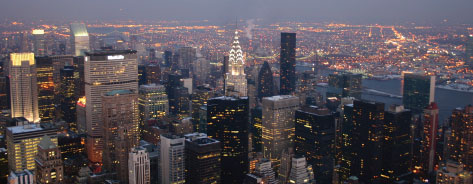Claim of dangerous defect in rental apartment

The owners and managers of rental apartment buildings often face lawsuits brought by tenants who claim to have been injured as a result of a defective or dangerous condition within the plaintiff’s own apartment.
Under common law, tort liability with respect to buildings depends on occupation and control of the premises, and therefore,it is usually the tenant, and not the landlord, who is held responsible for injuries caused by the condition or use of leased premises.
However, a landlord (building manager) can be held liable for an injury caused by a defective or dangerous condition within a rental apartment if the landlord was under a statutory or contractual duty to maintain the premises in repair and reserved the right to enter the premises to inspect and repair.
In New York City, Multiple Dwelling Law §78 mandates that every multiple dwelling “shall be kept in good repair,” and that “the owner shall be responsible for compliance” with that obligation. This statute has been held to have expanded the common-law duty of a landlord to repair defective conditions in areas of the leased premises over which the landlord had retained control.
In order to establish a prima facie case of liability against a landlord or building manager for a defect or dangerous condition in a rental apartment, the plaintiff must establish each of three essential elements: duty, notice, and access. With respect to the existence of a “duty,” the plaintiff must prove that it was the landlord’s duty to repair the claimed defect or dangerous condition, either under common law or by statute. A landlord is not responsible for every defective or dangerous condition in a rental apartment. For example, it has been held that a landlord does not have a statutory duty to install radiator covers that would prevent children from coming into contact with hot steam pipes.
Next, the plaintiff must prove that the landlord had actual or constructive “notice” of the allegedly defective or dangerous condition of the apartment. Plaintiffs typically try to establish this essential element by means of self-serving testimony of having complained to the landlord or building manager about the defective or dangerous condition, with no remedial measures having been taken thereafter. If the owner/manager establishes that it keeps written records are kept of all such complaints, whether submitted orally or in writing, and that no such complaints are on file with respect to the alleged defect or dangerous condition, then jurors can often be persuaded that the plaintiff’s uncorroborated allegations of “notice” are false.
Finally, the plaintiff must prove that the landlord or manager was given access to the subject apartment in order to allow appropriate repairs to have been made in a timely manner. Interestingly, it is often the case that tenants in residential buildings refuse to allow the landlord/management to enter their apartment, especially if eviction proceedings are pending.




